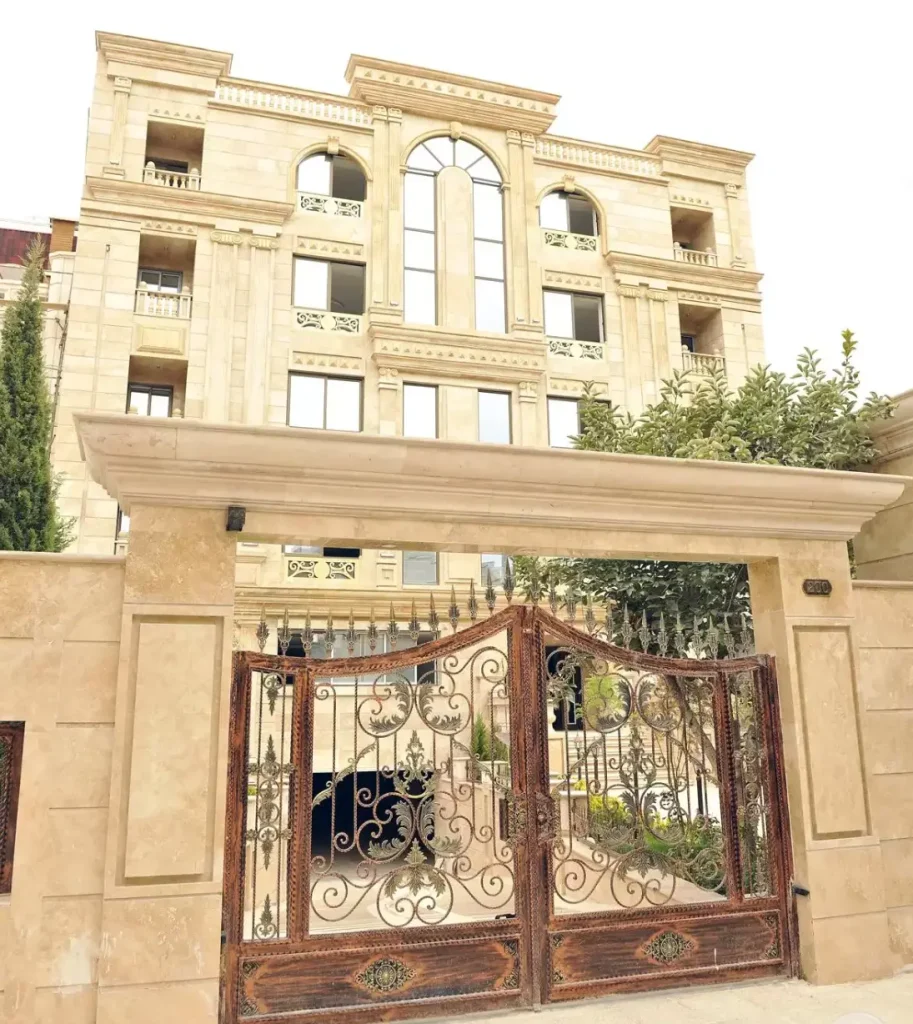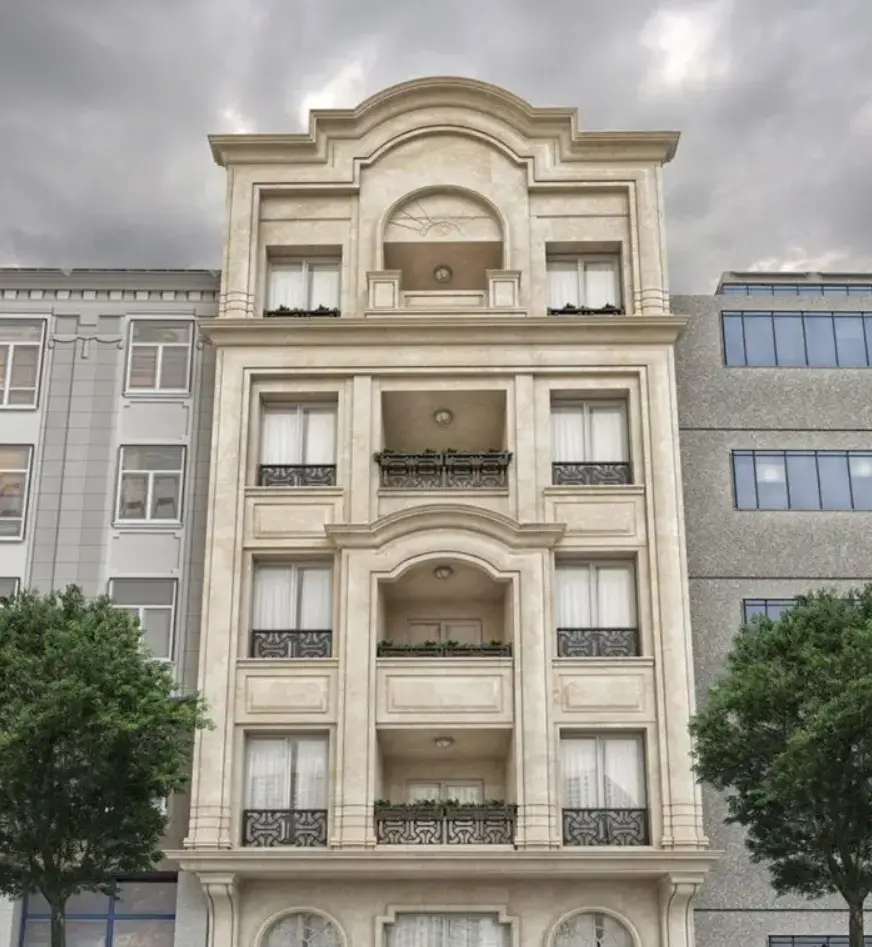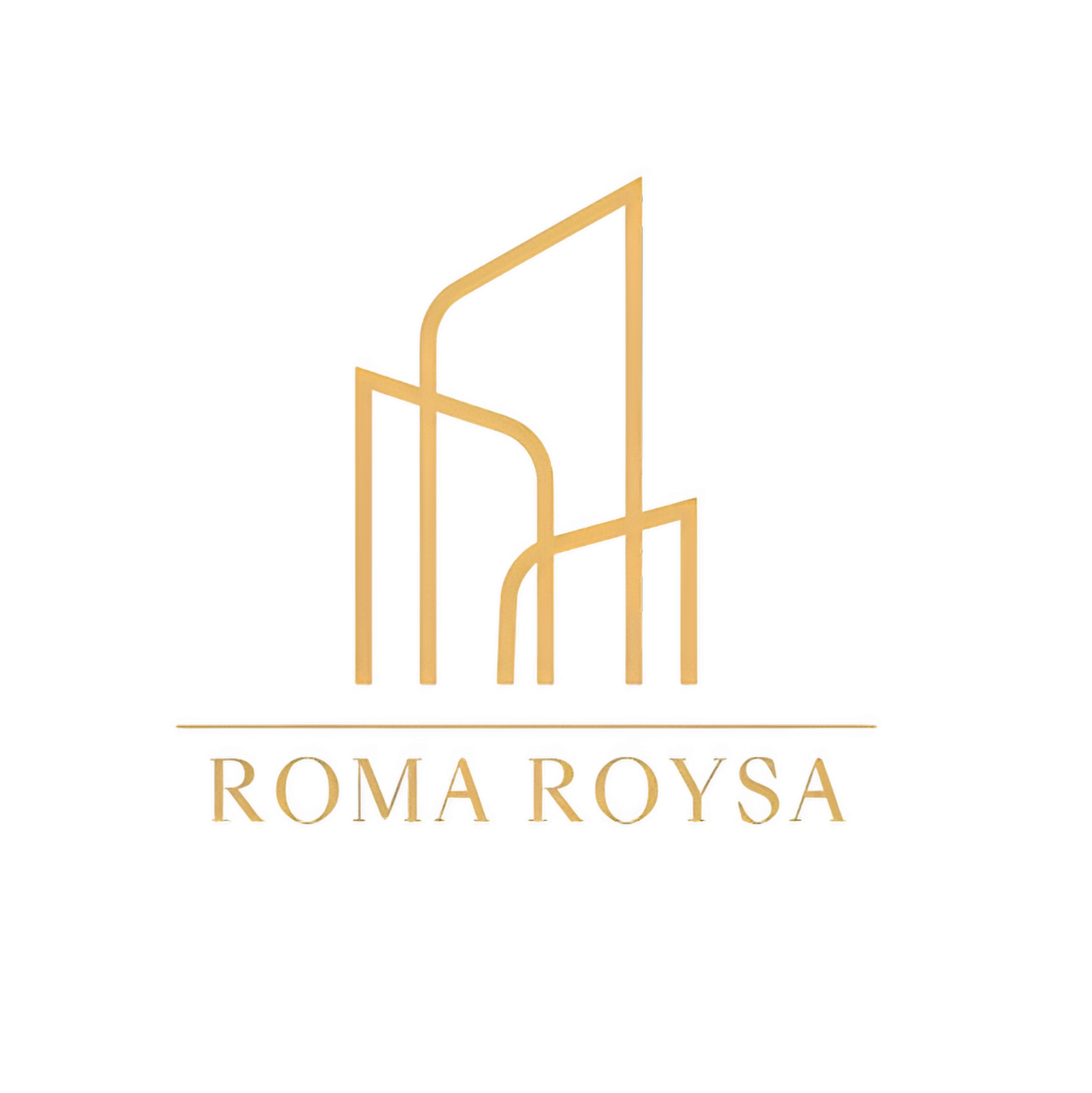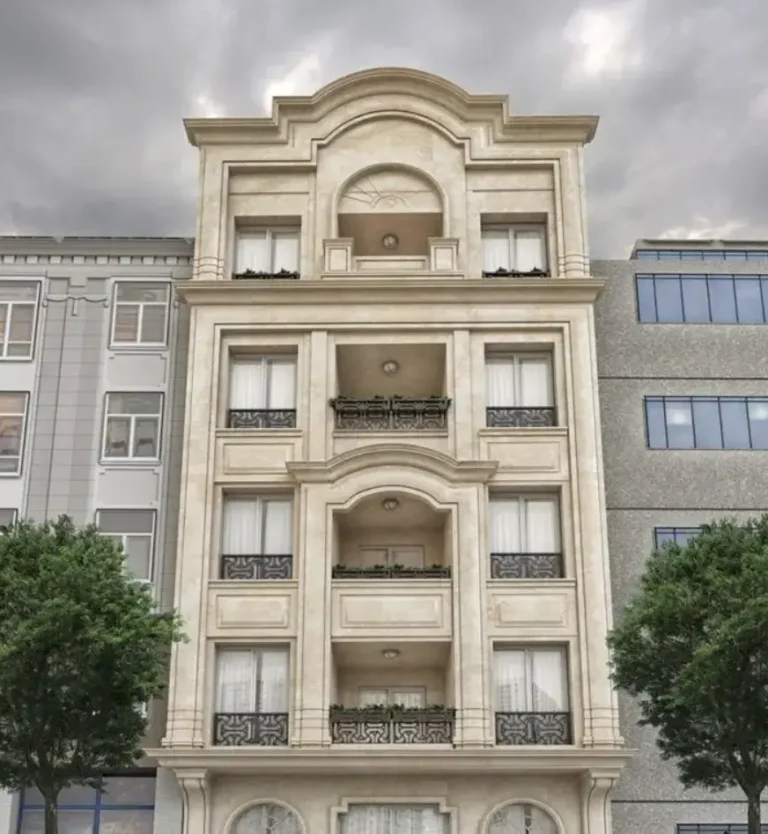Pros and Cons of North-Facing and South-Facing Buildings
North-facing and south-facing buildings each have their unique features and benefits that can significantly impact the lives of their residents. In this article, we will examine the advantages and disadvantages of each orientation.
Advantages of North-Facing Buildings:
-
More Natural Light: North-facing buildings receive the most natural light throughout the day, which can help reduce lighting costs and make the space brighter and more pleasant.
-
Temperature and Ventilation: These buildings tend to be cooler in the summer and receive more sunlight in the winter, which can help maintain a comfortable indoor temperature.
-
Healthier Environment: More natural light can help indoor plants grow better and create a healthier environment for residents.
Disadvantages of North-Facing Buildings:
-
Excessive Heat in Summer: During hot summer days, north-facing buildings may become excessively warm and require more ventilation.
-
Increased Sun Exposure: There may be a need to use curtains and sun-protection glass to reduce direct sunlight at certain times of the year.
Advantages of South-Facing Buildings:
-
Reduced Heat in Summer: South-facing buildings receive less direct sunlight in the summer, which can help reduce heat and save energy.
-
Less Cold in Winter: In winter, these buildings are less deprived of the natural warmth of the sun and naturally maintain indoor temperatures.
-
Better Wind Protection: South-facing buildings have better protection against colder northern winds.
Disadvantages of South-Facing Buildings:
-
Less Light: These buildings may receive less natural light throughout the day, increasing the need for artificial lighting sources.
-
Higher Humidity: In some areas, south-facing buildings may have a more humid and colder environment due to reduced sunlight.



